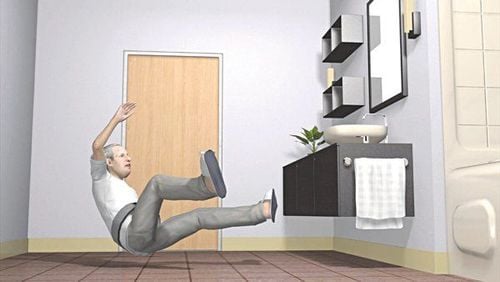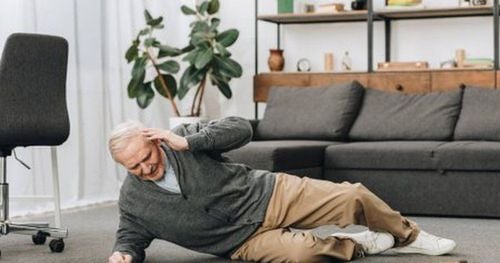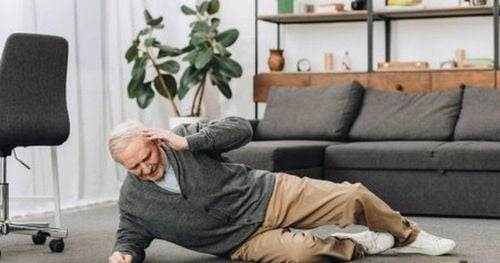This is an automatically translated article.
The article was written by Specialist Doctor I Vo Khac Khoi Nguyen - Department of General Surgery - Vinmec Central Park International General Hospital
Falls are a sign of acute and chronic health deterioration in the elderly. Falling reduces physical function by causing injury, limiting activities, causing fear of falling and loss of mobility. Exercise has been shown to be the most effective measure of fall prevention in the elderly. Why does exercise help prevent falls in the elderly?
1. Muscle strength and falls
Muscle strength is an important factor likely to contribute to postural control. Muscle weakness affects postural instability and falls, especially in the elderly. Studies have assessed muscle weakness as a risk factor for falls in older adults living in the community.
Physical exercise helps to increase muscle strength, recover from neuromuscular diseases, and reduce falls. Studies that have clarified the value of muscle strength training often show a reduced rate of falls, especially with strength training and balance control.
Therefore, most fall prevention programs aim to enhance physical fitness such as gait, balance and functional training. Key interventions include physical exercises and activities that increase flexibility and manage chronic diseases well.
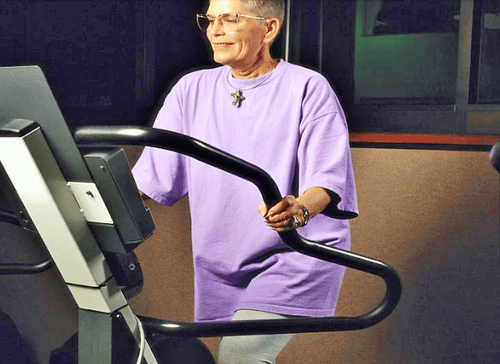
2. Perception does not go hand in hand with action
One study found that 70% of older adults understand that physical activity is extremely important to prevent falls. However, of those who fell, more than 80% had no change or decrease in their physical activity levels.
Older adults injured from falls tend to reduce physical activity. Although most fall injuries are mild, and only a small percentage result in serious injuries. But most elderly people after falling often have a phobia of falling.
Research has also demonstrated that in the elderly, awareness of physical activity does not correlate with behavior. 95% of seniors know about the benefits of physical activity, yet 53% exercise less than 2 hours per week and 36% do nothing.
Notably, older adults may not take fall prevention measures because they do not believe or do not want to admit that they are at risk of falls, including exercise.
3. Exercise - the most effective fall prevention measure
To date, exercise is the most effective intervention to reduce falls in older adults. Although not all forms of exercise are equally effective in all groups of participants and in all settings. Effective exercise programs to prevent falls include a combination of demanding and progressive balance exercises performed in weight-bearing positions, with lower extremity strength training.
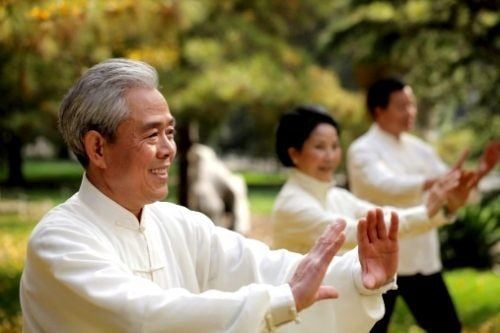
In the elderly living in the community, exercise programs are extremely effective in reducing falls. There are exercise programs that are suitable for frail elderly individuals at high risk of falls and include an individualized program of specific exercises (30 minutes, 3 times per week) to gradually increase lower extremity strength ( hip, thigh, knee and ankle exercises) and balance (stand with one foot in front of the other, walk with one foot in front of the other, walk on heels, walk backwards, sideways and turns, stepping over) objects, climbing stairs, ascending from a sitting position, to a knee squat) and general physical activity (i.e. walking).
Tai Chi is only effective when performed by people with a low risk of falling. Since Tai Chi involves maintaining specific postures to increase balance and muscle strength, this type of exercise can be more challenging for people with poor balance, dizziness. and orthostatic hypotension.
Unlike Tai Chi, other exercise programs that target muscle strength and balance as listed above are great for older people at higher risk of falls.
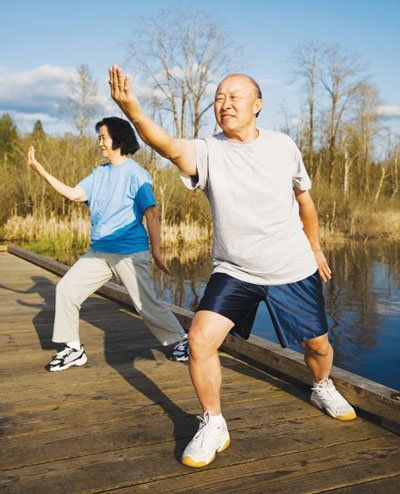
All three of these goals take the task of increasing physical activity and exercise as the basis of intervention. Because exercise is the most effective measure to reduce the risk of falls in the elderly.
To protect the health of the elderly, you should take them to a medical facility for regular health check-ups because at this age, the elderly's resistance is weak, and they are easy to get sick. Currently, Vinmec International General Hospital has general health checkup packages suitable for each age, gender and individual needs of customers with a reasonable price policy, including:
Health checkup package general Vip Standard general health checkup package Patient's examination results will be returned to your home. After receiving the results of the general health examination, if you detect diseases that require intensive examination and treatment, you can use services from other specialties at the Hospital with quality treatment and services. outstanding customer service.
Please dial HOTLINE for more information or register for an appointment HERE. Download MyVinmec app to make appointments faster and to manage your bookings easily.





